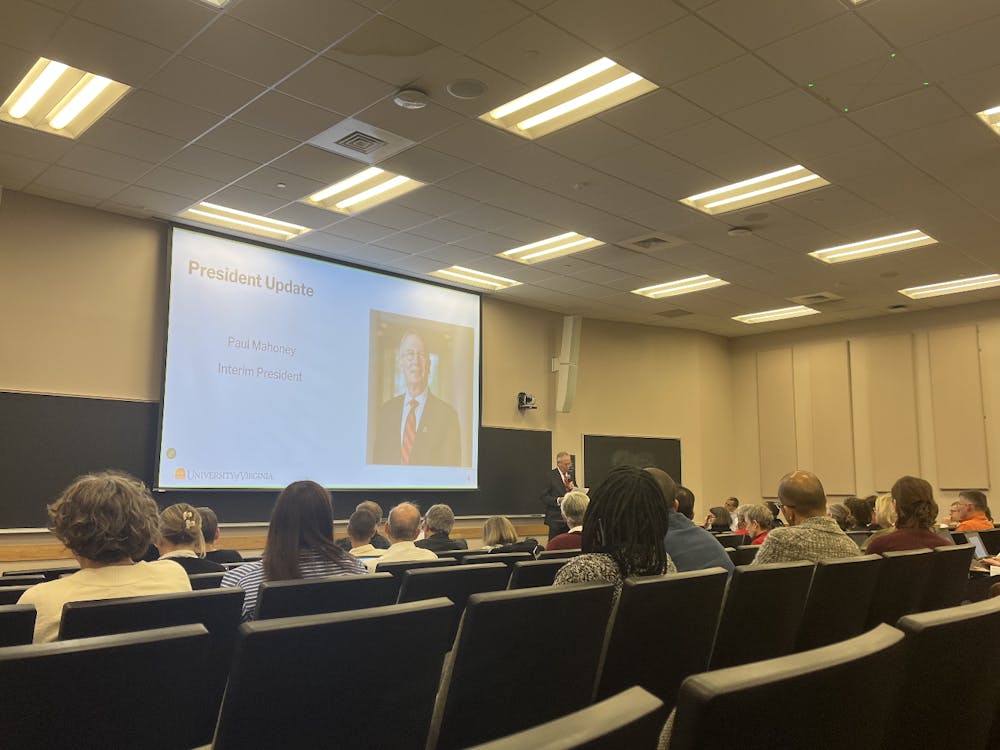Prompted by the current economic malaise and rising tuition costs, student loan default rates rose for the first time in 10 years, U.S. Secretary of Education Rod Paige announced last week.
Nationwide default rates -- the proportion of students failing to meet their repayment deadlines -- rose to 5.9 percent for students who began payments in 2000, compared to 1999's rate of 5.6 percent. Students are required to begin paying off student loans within six months of their graduation.
Default rates at the University also rose over the same period, going from 1.2 percent for students who began payments in 1999 to 1.6 percent for 2000, said Yvonne Hubbard, director of the University's Student Financial Services.
"I think we were all expecting an increase because of the economy," Hubbard said. "We're watchful, but we're not alarmed."
According to Paige, another reason for the recent increase in default rates has been the rising tuition costs at many schools.
"College costs continue to increase, leading to ever greater levels of student indebtedness," Paige said in a written statement.
Although tuition increases nationally might explain why more students are unable to pay off their student loan debts, tuition increases do not explain the University's slight increase in default rate.
The students included in the most recent statistics attended the University during a period of tuition freezes, before this year's tuition increase.
Hubbard said her department is looking for ways to improve the exit interviews they give to new graduates who have student loan debt, to make sure they understand their obligations.
According to Hubbard, the fact that University graduates find good jobs explains the low default rate.
"Our students can more dependably find work," Hubbard said.
The last increase in national default rates was for former students who began payments in 1990, when default rates had soared to 22.4 percent.
Despite the increase last week, the default rate remains at nearly one-fourth of its 1990 level.
The economic boom of the 1990s eventually decreased loan default rates.
"Everybody had jobs, everyone paid off their debt," Hubbard said.
Other factors besides strength of the economy also led to the massive decrease in defaults.
Almost 1,200 schools have lost their loan eligibility because too many of their students were defaulting, Department of Education spokeswoman Stephanie Babyak said.
"The standards for getting into the program are very stringent," Babyek said.
The Department of Education also has made changes in the way they calculate defaults, leading to decreases during the 1990s in recorded defaults, Hubbard said.
For example, two years ago the Department of Education's definition of a default payment changed from 180 days without a payment to 270 days, Babyak said.






